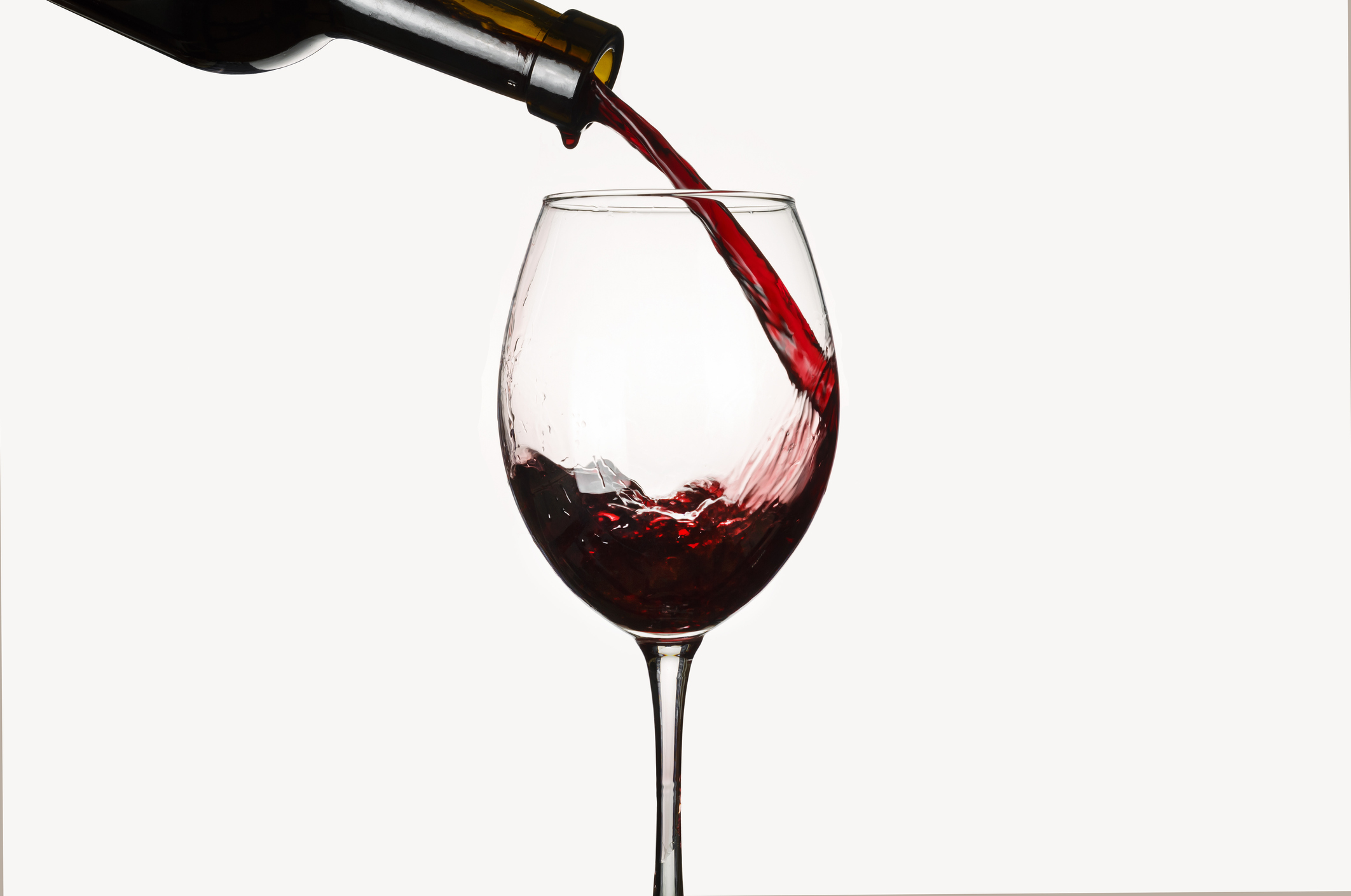HPLC Determination of Taste Components in Wine
1 mar 2020

The long-established wine production methods are the subject of on-going extensive scientific study to enhance performance, both in terms of yield but, particularly, to produce the wines that modern palettes prefer. HPLC was used in a recent study of the key taste components in wine.
Controlled water deficit is a common practice in global viticulture, particularly in the production of red wine in areas with warm climates. It involves supplying an amount of water that is less than the rate of evaporation/transpiration either throughout the growing season or at specific stages. Controlled water deficit reduces the size of the fruit, increases the skin/pulp ratio and can affect the accumulation of key phenolic compounds which affect color due to anthocyanins and the astringency, bitterness, aging capacity and color stabilization due to flavonols.
The optimum moment to harvest red wine is when the sugar/acidity ratio is correct (technological ripeness (TR)), the grapes have a high concentration of easily extractable phenolic compounds in the skin and the seeds have a hard outer coating. In warm climates, TR occurs before phenolic ripeness and Alejandro Caceres-Mella and colleagues have assessed the effect of three levels of water deficit on components of Cabernet Sauvignon wines harvested at different dates to see if the effects on wine characteristics.
Reverse-Phase HPLC Using Ultrapure Water From The PURELAB Range Used to Prepare Samples, Reagents, and Standards
The anthocyanins and low molecular-weight phenols were determined in the grape extracts by reverse-phase HPLC with a diode-array detector using ultrapure water from a PURELAB Ultra to prepare samples, reagents, and standards.
Results from these and other tests were compared with tests from a sensory panel. The high purity of the water used enabled greater sensitivity and accuracy in the analyses and allowed the determination of low levels of stilbenes in the extracts.
The Results of HPLC Determination
The results suggest that, although total phenols and alcohol content were higher in wine from the late-harvested grapes, the chemical compositions and sensory tests were very similar at different dates. This is potentially useful as in warm climates late grape harvesting produces wine with higher alcohol content which, these days, is less acceptable to consumers. Water deficits were found to increase the chemical and sensory quality of the wine; a potentially useful attribute in a world of declining water supplies.
Treatments with the most restrictive irrigation and an earlier harvest showed higher amounts of stilbenes, which are reported to have significant health benefits with properties as anti-oxidants, anticancer, anti-inflammatory and anti-diabetic agents.
Reference
Dr Paul Whitehead
After a BA in Chemistry at Oxford University, Paul focused his career on industrial applications of chemistry. He was awarded a PhD at Imperial College, London for developing a microwave-induced-plasma detector for gas chromatography. He spent the first half of his career managing the analytical support team at the Johnson Matthey Research/Technology Centre,specialising in the determination of precious metals and characterising applications such as car-exhaust catalysts and fuel cells. Subsequently, as Laboratory Manager in R&D for ELGA LabWater, he has been involved in introducing and developing the latest water purification technologies. He now acts as a consultant for ELGA.
